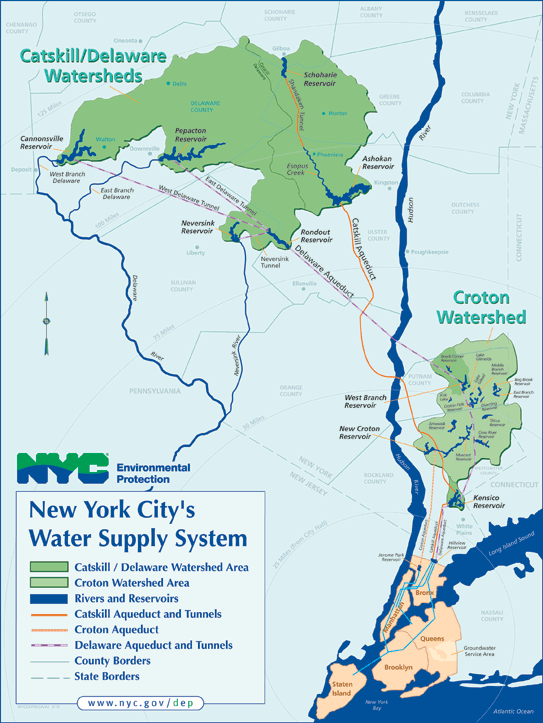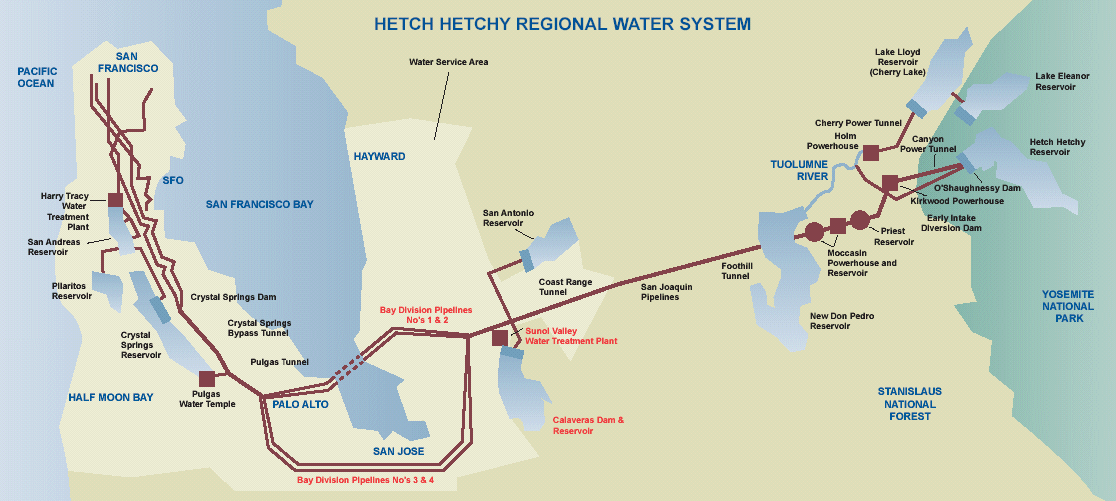Many people in the United States have been staying at home since March. While not being able to go where you want to is hard, the sacrifice is worth the reward of being able to travel around the world again once we’ve managed to get coronavirus under control.
One thing that people are learning since staying home is the taste of their tap water. I mean, I really know what my tap water tastes like, since I’m not buying bottled water anymore when outside the house.
What you might not know is that the taste of your tap water is distinctive to where you live. While we were traveling around the U.S., we noticed that the water in different cities tastes different. For us, this was so noticeable that if we knew we were going to a city with good water, we’d pack our refillable bottles instead of buying bottled.
So where does water get its taste?
The most important dimension of a water source’s effect on how it tastes has to do with the minerals that are dissolved in the water.
The other term for this is total dissolved solids (TDS). These four compounds have the largest influence on how we “taste” water:
- HCO₃⁻ (bicarbonate)
- SO₄²⁻ (sulfate)
- Ca²⁺ (calcium)
- Mg²⁺ (magnesium)
Sharon grew up in New York City and says the tap water there is better than anywhere else. I tend to agree with her.

As you can see from this picture, most of NYC’s water originally comes from the Catskill mountains. It can take up to a year for the water to get from the mountains to the city through the various number of tunnels, dams and reservoirs. The trip is worth it, as NYC water is some of the best in the world and the main reason that bagels and pizza made there are better than anywhere else.
Another place we visited that had excellent water was San Francisco. Doing a little research, I’m not surprised because the city’s water comes from the Hetch Hetchy Reservoir in Yosemite National Park.
San Franciscans currently enjoy high-quality, great tasting water from the Hetch Hetchy Regional Water System. The majority of this water comes from Hetch Hetchy Reservoir, while the rest comes from local surface reservoirs in Alameda and San Mateo Counties, and, beginning in early 2017, from groundwater pumped from the Westside Basin Aquifer. Unlike bottled water, our delicious tap water costs less than half a penny per gallon, is quality tested over 100,000 times a year, and goes straight to your tap. In fact, tap water is also highly regulated by the EPA and across state and local water quality standards.

When we moved to Florida, the one thing that bothered us the most was how the tap water tasted. It wasn’t the same as we knew from the Northeast and we still filter the water with a Brita just to make it drinkable.
While other locations get water from reservoirs, Floridians get their water from aquifers.
Aquifers can be thought of as vast underground, porous rocks that hold water and allow water to move through the holes within the rock. Aquifers can be composed of different types of earthen materials, such as sand, shell and limestone. Fresh and salt water fill the various sized holes in the rock. Freshwater generally fills the uppermost part of aquifers, while salt water is present at greater depths.
The limestone and residue in the aquifer give the water a totally different taste than what you get from reservoirs fed from snowmelt off a mountain. It took years and years (and replacing the pipes of our house due to a #slableak) for me to be able to drink water from the tap in our home.
While I always knew the taste of tap water was dependent on the source, I was never so in tune with the taste of water until I was required to taste the water at home for months on end.
#stayhealthy #staysafe #washyourhands #wearamask
Like this post? Please share it! We have plenty more just like it and would love it if you decided to hang around and get emailed notifications of when we post. Or maybe you’d like to join our Facebook group – we have 14,000+ members and we talk and ask questions about travel (including Disney parks), creative ways to earn frequent flyer miles and hotel points, how to save money on or for your trips, get access to travel articles you may not see otherwise, etc. Whether you’ve read our posts before or this is the first time you’re stopping by, we’re really glad you’re here and hope you come back to visit again!
This post first appeared on Your Mileage May Vary

1 comment
Interesting stuff. Thanks. I wonder if water treatments effect the taste much. Also, any idea if water hardness or softness changes the taste? I know that in the Memphis area the water is super soft, almost oily. When you wash your hands it feels like the soap is still on them after rinsing and the sodas taste off in the fountains.